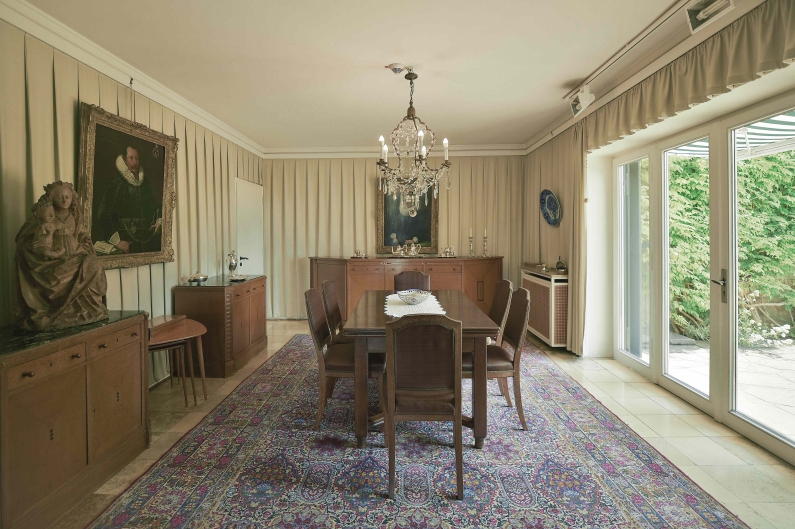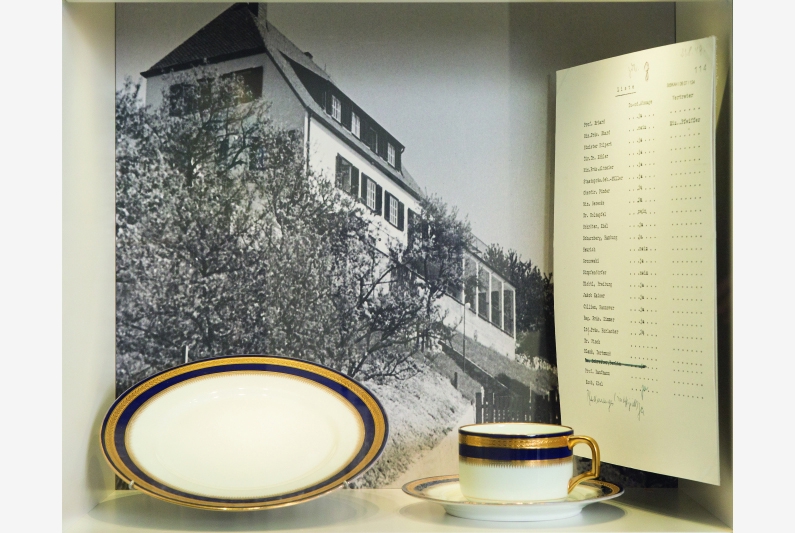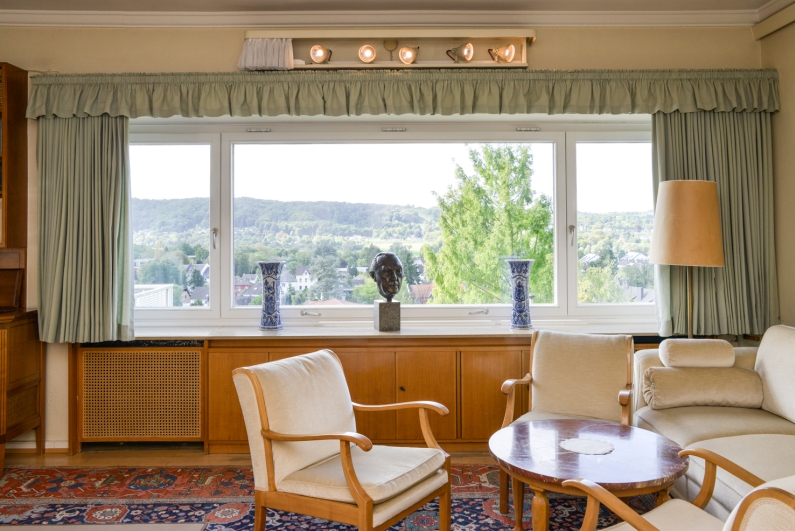On 21 August 1949, more than twenty leading figures from the Christian Democratic Union of Germany (CDU) and Christian Social Union in Bavaria (CSU) parties gathered in a picturesque detached house for an informal meeting, not far from the ruins of Drachenfels Castle. The meeting was occasioned by the previous week’s results of Germany’s first Bundestag election. The CDU and CSU had the choice of forming a government, either in the guise of a “grand coalition” with the Social Democratic Party (SPD), or with the liberal Free Democratic Party (FDP) party, which would have resulted in a minority government – the approach proposed by the meeting’s host, Konrad Adenauer. Ultimately, a government majority was obtained by including the conservative right-wing Deutsche Partei in the coalition. Through this event, Adenauer laid robust foundations for realisation of his plans for the future.
“[Adenauer] himself jumped into the discussion time after time,” wrote his biographer Hans-Peter Schwarz, “with arguments that reflected the consummate skills of this former Cologne lawyer – arguments that flowed onto the attendees like a downpour that gently and relentlessly discredits all opposing arguments and melts resistance.” Adenauer had this to say about the relationship between the positions of Chancellor and Federal President: “The Chancellor is the key figure. Let someone else become President, I aspire to the office of Chancellor. I’m 73 – but I want to be Chancellor nevertheless (...).” Adenauer proposed FDP Party member Theodor Heuss for the office of Federal President.
Three weeks later, on 15 September 1949, the Bundestag elected Konrad Adenauer to the office of Chancellor, by a majority of just one vote. His cabinet consisted of members of the CDU, CSU, FDP and Deutsche Partei – and Theodor Heuss became Federal President.
This was Adenauer’s second career, having held the position of Lord Mayor of Cologne from 1917 to 1933, before his removal from office by the Nazi government. Adenauer took refuge for nearly a year at Maria Laach Abbey, before moving to Potsdam, where he was briefly jailed.


